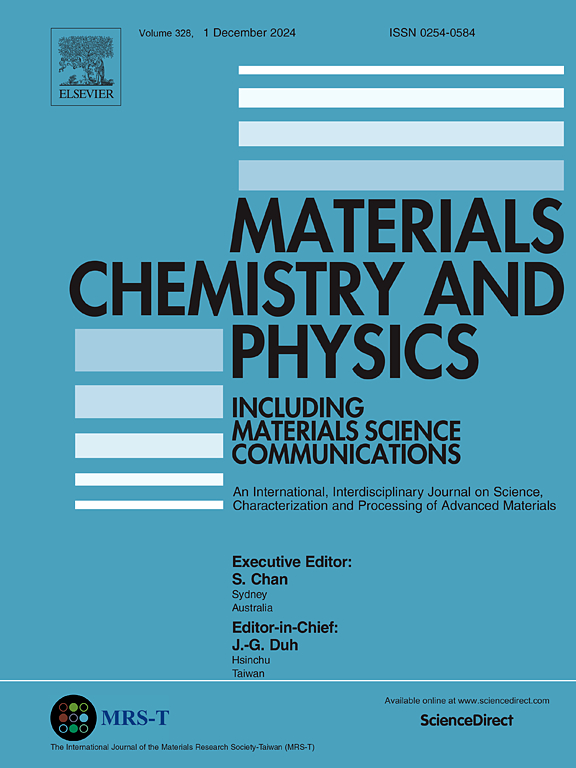AA5083/ZrO2–SiO2 hybrid surface nanocomposite by friction stir processing, characterization of microstructure and tribological behaviour
IF 4.3
3区 材料科学
Q2 MATERIALS SCIENCE, MULTIDISCIPLINARY
引用次数: 0
Abstract
Friction Stir Processing (FSP) was performed to create a composite layer of ZrO2 + SiO2 nanoparticles on the surface of the AA5083 alloy plate under different process conditions. The FSP process was carried out by varying the tool traverse speed from 20 to 60 mm/min and a number of tool passes (1 and 2) at a constant tool rotational speed of 1200 rpm. The microstructure of the composite layer was investigated and its mechanical properties, viz, microhardness and wear behaviour were studied and compared with those of the base alloy. Investigation of microstructure revealed ZrO2 + SiO2 nanoparticles embedded up to an average depth of 300 μm below the top surface. Grain size refinement and increased homogeneity in reinforcement distribution were the outcomes of multi-pass FSP. A composite layer with consistent hardness was obtained via two-pass FSP. The hardness of the surface nanocomposite was found to be 33 % higher than that of the base alloy. The surface composite showed improved wear resistance. The composite layer exhibited a reduction of 46 % in the coefficient of friction and a 35 % reduction in the specific wear rate compared to the base alloy. The primary reasons for the observed increase in surface hardness and wear resistance are strengthening due to grain refinement, the presence of hard secondary phases and the quick formation of a passive layer at the surface.
求助全文
约1分钟内获得全文
求助全文
来源期刊

Materials Chemistry and Physics
工程技术-材料科学:综合
CiteScore
8.70
自引率
4.30%
发文量
1515
审稿时长
69 days
期刊介绍:
Materials Chemistry and Physics is devoted to short communications, full-length research papers and feature articles on interrelationships among structure, properties, processing and performance of materials. The Editors welcome manuscripts on thin films, surface and interface science, materials degradation and reliability, metallurgy, semiconductors and optoelectronic materials, fine ceramics, magnetics, superconductors, specialty polymers, nano-materials and composite materials.
 求助内容:
求助内容: 应助结果提醒方式:
应助结果提醒方式:


